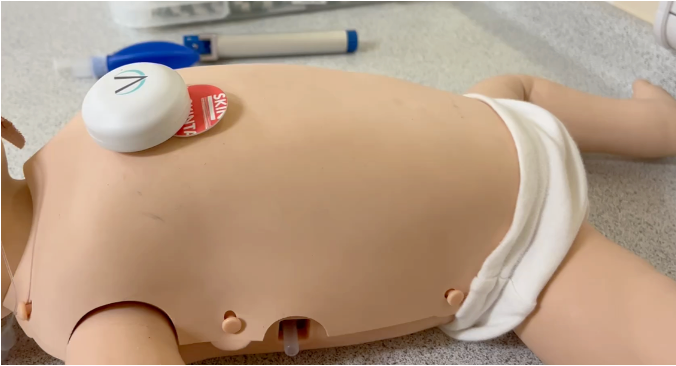Lansley says NHS 111 a model for change
- 20 June 2012

Health secretary Andrew Lansley has held up the NHS 111 out of hours service as an example of the kind of change he wants to see in the health service at the NHS Confederation conference in Manchester.
Lansley was instrumental in triggering the roll out of NHS 111 as a national service, after he unexpectedly implied that it would replace NHS Direct while visiting the North West, where it was developed.
However, the service has attracted criticism from GPs and out-of-hours services and from clinical commissioning groups. Doctors argue it is referring too many patients to A&E, out-of-hours, and practices, and that it risks losing the self-help elements of the NHS Direct online offering.
CCGs are concerned that a tight deadline for getting NHS 111 in place means they are being given little chance to influence the service, or the award of contracts.
In response to these concerns, the deadline for the roll-out was recently extended. The Department of Health announced that strategic health authorities could apply for a six month extension; although the BMA said this failed to address its fundamental concerns.
Despite this, Lansley said NHS 111 was a prime example of innovation in the health service. "It is not just the technology, which means that if somebody calls from a mobile phone they can be located and directed to the right provider, it is an example of a joined-up service that delivers care in the right place at the right time," he said.
Lansley also cited telehealth and the government’s 3millionlives campaign to kick-start the market as an example of service innovation.
The health secretary arrived at the NHS Confederation conference against a backdrop of concern about NHS finances, which a survey of members found to be the worst most had ever experienced.
A further concern is that structural change is distracting managers from more fundamental changes to services, and against the threat of the first doctors strike since the 1970s, which he condemned.
However, he insisted that the ‘Nicholson challenge’ for the NHS to find £20 billion of efficiency savings by 2015-16 was not an issue of cuts, but using rising funding more efficiently.
He said the NHS had managed to find £5.8 billion of quality, innovation, productivity and prevention savings, with £2.8 billion of this coming from the acute sector.
He also told his NHS management audience that politicians would back plans for major service changes if they met four tests – being clinically necessary, being supported by local commissioners and and the public, and making improvements for patients.
Improbably, he cited Chase Farm in London as an area where these kinds of changes were happening. During the general election, Lansley backed campaigners against change at Chase Farm Hospital, but he insisted that a ‘moratorium’ on A&E and maternity closures across London had allowed time for local health services to build support and "we have now seen more change in two years than we saw in many years previously."




